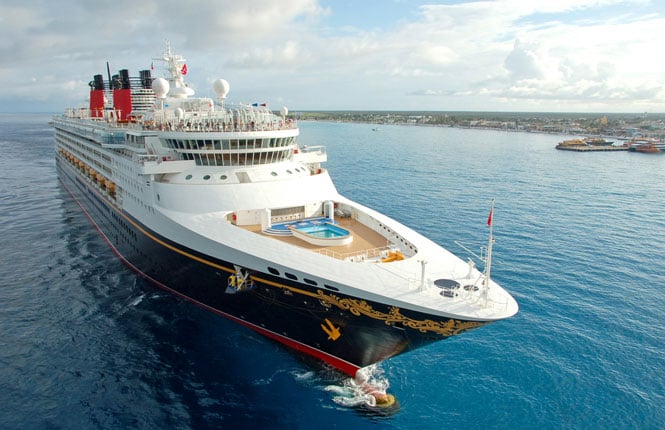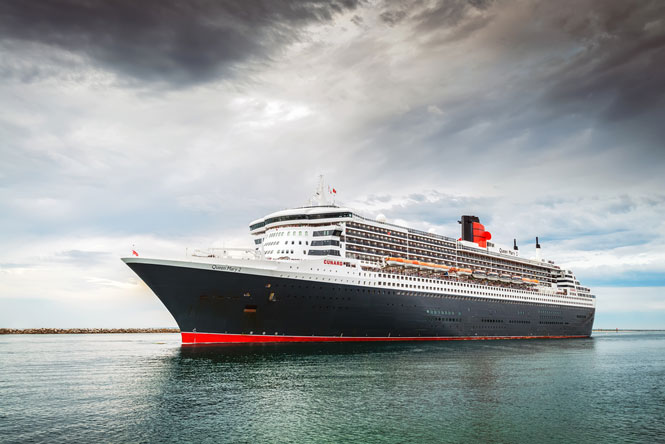
Let's fact it – once you step onto a cruise ship, you can forget you're even moving. You simply become so wrapped up in life onboard the ship that the only time you remember you've been moving is when you disembark in a different country!

First it pays to understand how the speed is calculated. Ship speed is measured in knots. One knot is equivalent to one nautical mile per hour, which is 1.852 km/h to be precise. The larger passenger cruise ships will travel around 21 to 24 knots, which is 38.9 to 44.4 km/h.
For a car on the road, that doesn't seem fast. But when you're talking about a ship that's 250 metres long weighing in at 70,000 gross tonnes, it's pretty impressive!
Now consider those ships that are built for speed. Take Cunard's Queen Elizabeth 2, which was retired in 2008. This impressive ship was built to be the fastest passenger ship in the world. Even by today's standards, her service speed of 23.7 knots (43.8 km/h) is impressive, especially when you consider that this only used seven of her nine engines. And rumour has it her top speed was a whopping 32 knots!
Nowadays, Cunard's Queen Mary 2 holds the coveted title of fastest ocean liner in the world. It's reported that this ten-year-old ship can reach a maximum speed of just over 30 knots (56 km/h). But mostly, she cruises along at around 26 knots (48 km/h), which is still considerably faster than other ships of her size – which for the record is 150,000 tonnes.
Just because a cruise ship can reach a top speed of 30 knots doesn't mean it ever will. Most ships stick to a much lower cruising speed of 21-24 knots. This not only means the ship can make their fuel last longer, but it ensures passengers have a smoother journey. In fact, you'll barely even notice the ship is moving!
The exception to the rule is when there's a storm and a ship will speed up to move around the rough waters quickly.

For many cruise ships, speed is not a priority. Instead, the cruise lines focus on having more space for activities and facilities onboard. And it's no surprise that the bigger the cruise ship, the slower the average speed.
There are advantages to having speed. Queen Mary 2, for example, can reach her destinations in a shorter time, so passengers have more time to explore onshore. In fact, passengers onboard the Queen Mary 2 can travel from Southampton to New York in just seven days.